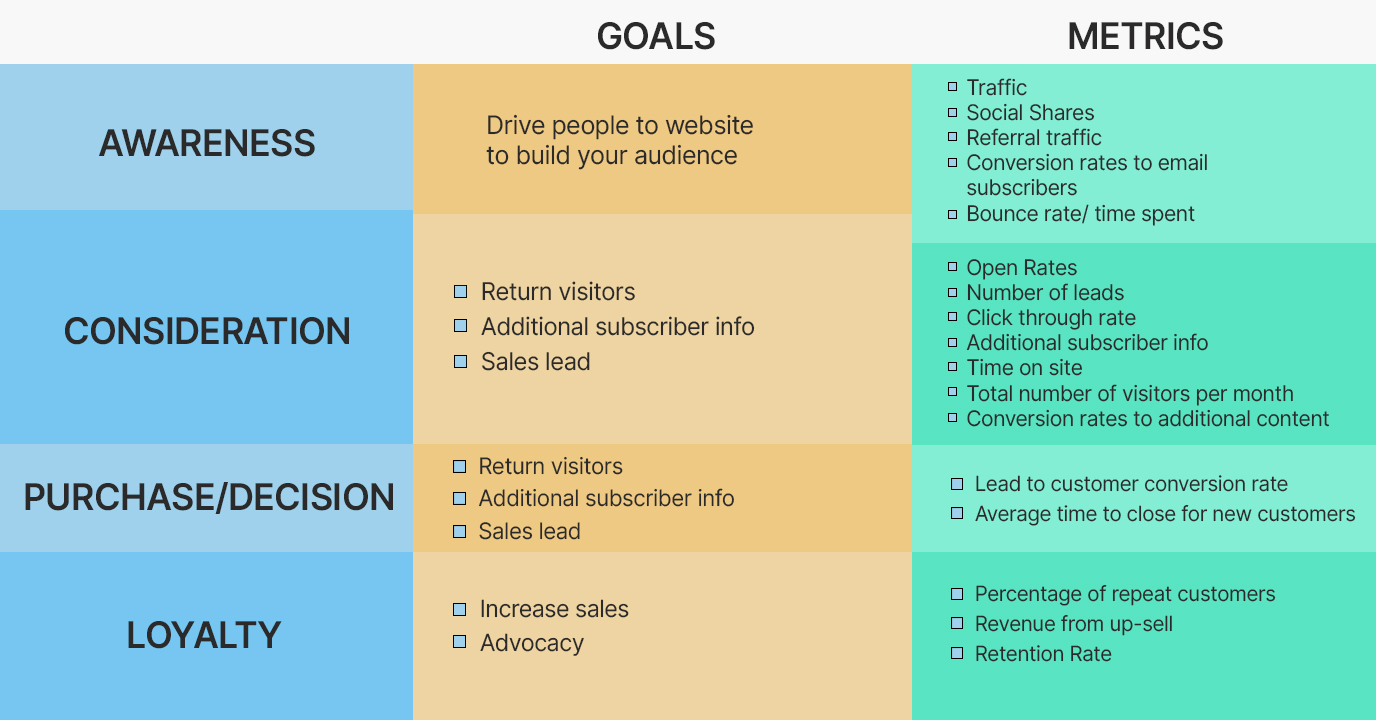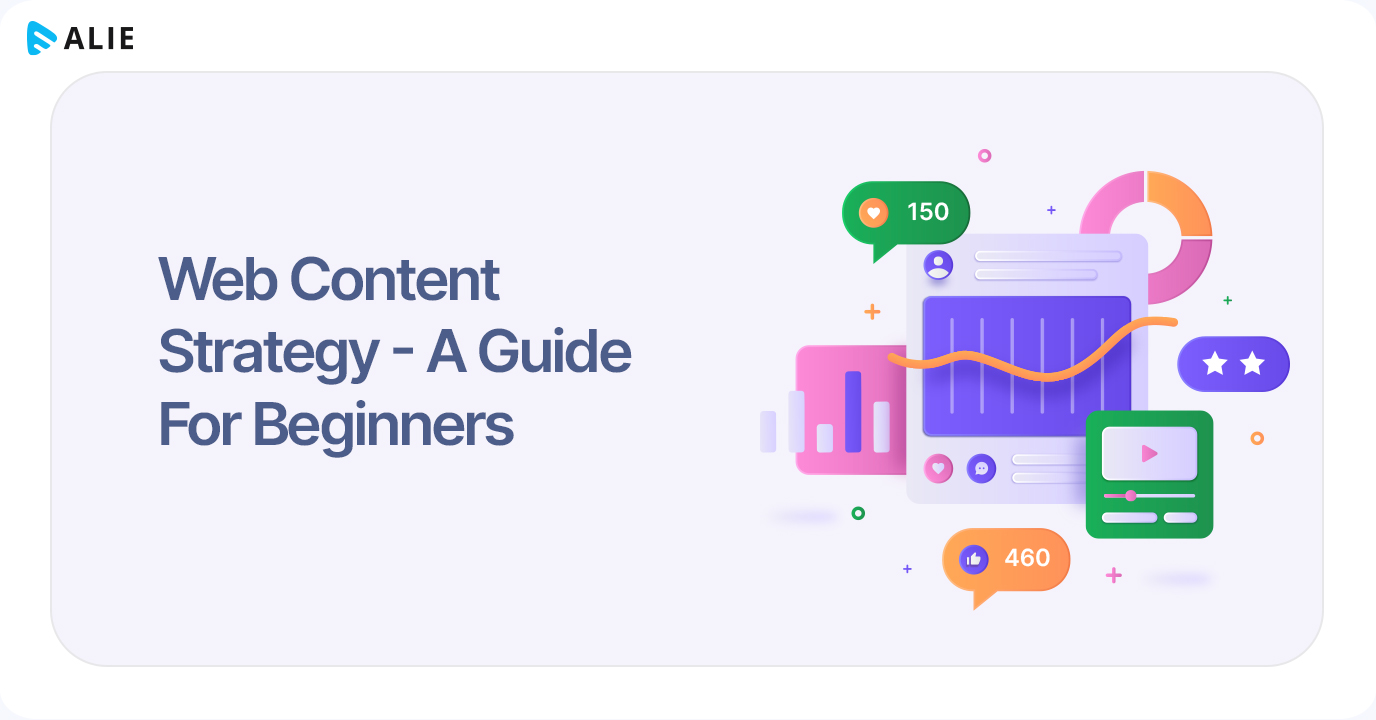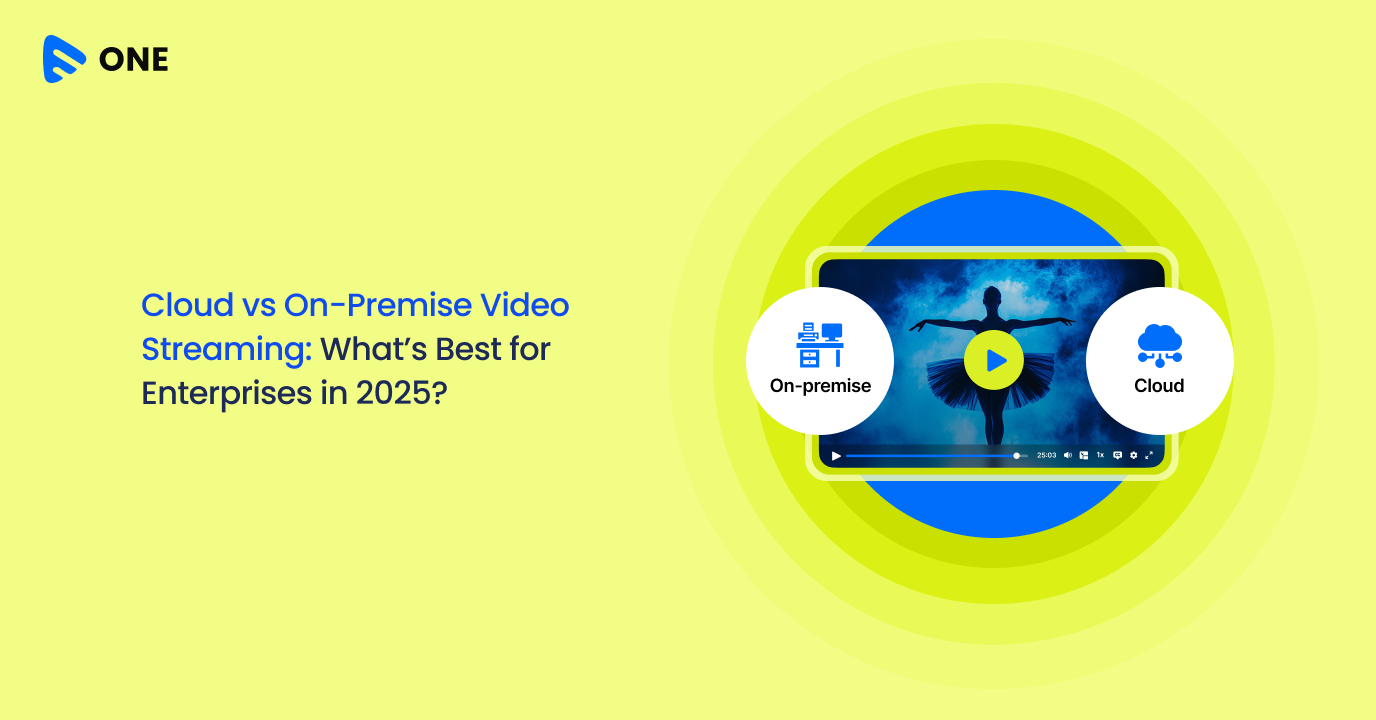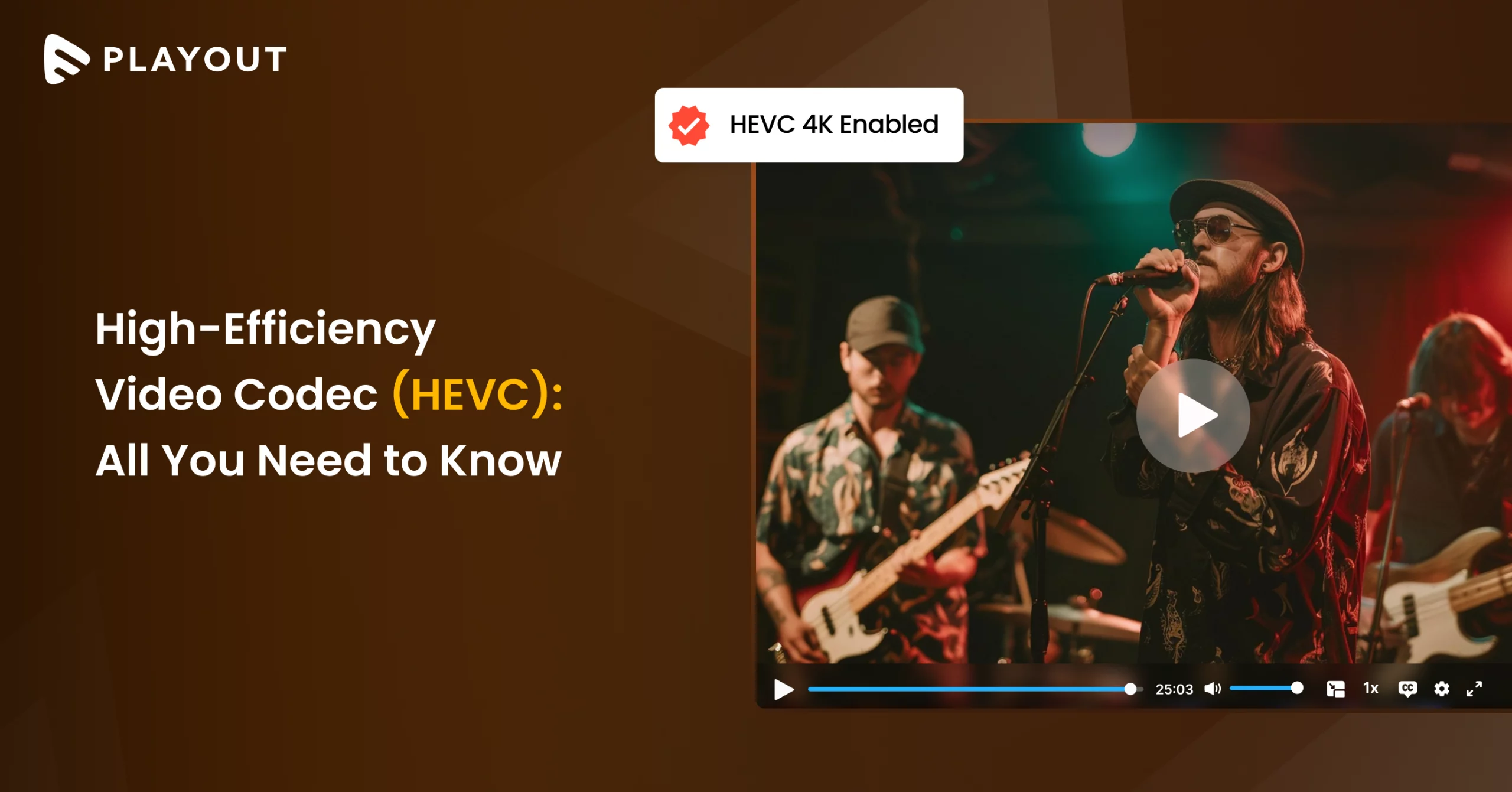Approximately 82% of businesses have been effectively using a potent web content strategy. So, what can you do to outsmart your competitors and capture a secure spot online? Web content strategy if implemented appropriately can help businesses meet their marketing goals and it also offers measurable KPIs to track the success of all types of website content from informative content to downloadable white papers and infographics. It makes the procedure of deciding upon, creating, and maintaining content easier. Having an effective website content strategy will streamline the process of meeting audience needs and will also help you better understand what your audience wants. A robust web content strategy can make your business stand apart from the crowd and rule over your competition.
What is a web content strategy?
Web content strategy is a process of creating, delivering, and managing useful subject-based content through the digital platform. A strategy that guides getting the right content, to the right people at the right time. It includes user-centered or subject matter and goal-driven content throughout its lifecycle. Mostly, two factors drive web content strategy and those are:
- What are your business goals and what do you want to achieve?
- Be Customer-centric and ask yourself how a well-planned content piece can benefit your customers or targeted audience
There are 5 characteristics of a web content strategy:
- Sustainable – Always plan and execute your content on an ongoing basis, from a resource or timing perspective else it will never be the right plan at all.
- Purposeful – Content strategy needs a goal and direction to become successful. Always focusing on making your content means having the right intent to solve the query that your client is searching for.
- Engaging – It is the most repeated term whenever there is a discussion about the content. And not to forget, it is one of the most essential characteristics of any successful web content strategy. Engaging content can help businesses capture audience attention and appeal to them to take an action (buying, subscribing, adding to a wish list, etc) on your platform. The more audience gets captured on your platform; the more will be the engagement rate leading to more conversions.
- Holistic – A successful web content strategy isn’t one-sided rather it accounts for multiple domains, multiple platforms, multiple influences as well as multiple results. It’s got an all-dimensional awareness of what could impact it and what it could impact.
- Suitable – You must frame suitable content that will help you hit the right audience at the right time. Appropriate contents are essential to drive maximum user engagement and enhance conversion rate.
Importance Of a Web Content Strategy
Content marketing is a victorious method of driving conversions because today’s consumer is keen to know about a brand through its content as compared to traditional ads. Semrush reported that 62% of the companies witnessed an outstanding Return On Investment from their unique content marketing strategy. As mentioned in the beginning, a huge amount of content is already present on the internet. A brilliant web content strategy is like a fish caught in the prospector’s fishing net. A consumer who is drilling deeper into your website expecting quality content will find out great information and will be satisfied without the need of shifting from one website to another. Your business content is valuable for those consumers who are in search of some relevant information or a valid solution to their query.

6 Steps Involved in Developing and Executing a Web Content Strategy
Defining of Goals
Every strategy starts with a goal and web content strategy follows the same process. Before planning and executing the strategy, you need to realize what you need to achieve. It will help you create the metrics for success.
Below is an example of a set of goals and respective metrics for several strategies:

Let’s discuss the first example in the above-mentioned table. To increase brand awareness, your goal initially would be to drive maximum traffic to your website and build your audience. After setting the goal, you can compute your success by analyzing the amount of traffic, sessions, and pageviews on your website.
Recognize Your Audience
After defining the goal of your strategy, the very next step is to recognize your targeted audience. You can use analytics tools online to identify several demographics of the customers such as gender, age, and locality. Some other valuable information you may also collect like:
- Popular social channels used by your audience
- What are their interests, likes, and dislikes are
- Languages they use to communicate
- Which method do they use to access your website such as desktop, tablet, mobile, etc
If you are a beginner, try to create a buyer persona. Creating a buyer’s persona means making a fictitious individual representing your targeted audience. You can mark them with any name, age, job, goals, etc. The personas offer insight that helps you craft a captivating brand message.
Find Out the Type of Content to Produce
Identifying the targeted audience makes choosing the kind of content ever more straightforward. You need to find out where your audience spends maximum time on your website, is it watching a video, reading a blog, or going through an infographic. Find out which type of content you observe getting the most shares. According to a report by Wyzowl people are sharing video content with their friends as compared to any other type of content. 86 percent of businesses say video has boosted traffic to their website and seventy-eight percent of businesses mentioned that video has helped increase their sales. Hence, video provides businesses a good return on investment and using video in web content strategy if there is an opportunity to do so.
On the other hand, blogging is still an established content strategy tool to increase traffic and generate leads. And 77% of companies have also mentioned that their blogs generate solid results. You can also use the blog as a powerful method for increasing traffic in your web content strategy.
Content Creation
When it comes to content creation, there are three things that consumers value most:
- Flow – Whether a blog, video, or any other type of content, the user should follow the thread easily. Using a Grammar checker ensures your flow remains smooth and professional.
- A Unique Voice – it conveys the user insight into your brand’s identity and personality
- Value – Convey Practical and specific information, knowing your niche
Fabricate the content keeping those themes in mind. Let’s know some of the elements to create a great piece of web content. These elements are:
- Keyword Targeting
- Well written with no grammar errors
- Word count – 200 to 500 words (use a word counter for accurate counting)
- Optimized title and description tags
- Headlines and subheads
- Interesting topics
- Proper Tone of voice
- Linkbacks
- Lists
- Images and Multimedia
- Descriptive URL
- Clear CTAs
- Sharing options
- Endorse the content
Endorse the content
Endorsement of web content is also called content marketing. Target the most popular digital channels used by your consumers and feel free to add other highly visited platforms. Always keep in mind that Youtube is the most widely used video platform, Facebook and Instagram are the most frequently used social media platforms and Email marketing delivers $36 for every 1 dollar spent.
Compute The Results
Measuring user response is highly essential in determining if your web content strategy was successful. See whether the amount of traffic to your website spikes significantly, the customer spent maximum time on your website or not. Also, see the number of shares and conversion rate.
Conclusion
To achieve the ultimate goals of a web content strategy, businesses need to consider all the above-mentioned steps. Structure the content appropriately and wrap it in metadata, you will head for a richer user experience.
You can use Muvi CMS and develop your own web content strategy to attract more users and thus boost user engagement rate. Start a 14-days free trial to learn more!



















Add your comment